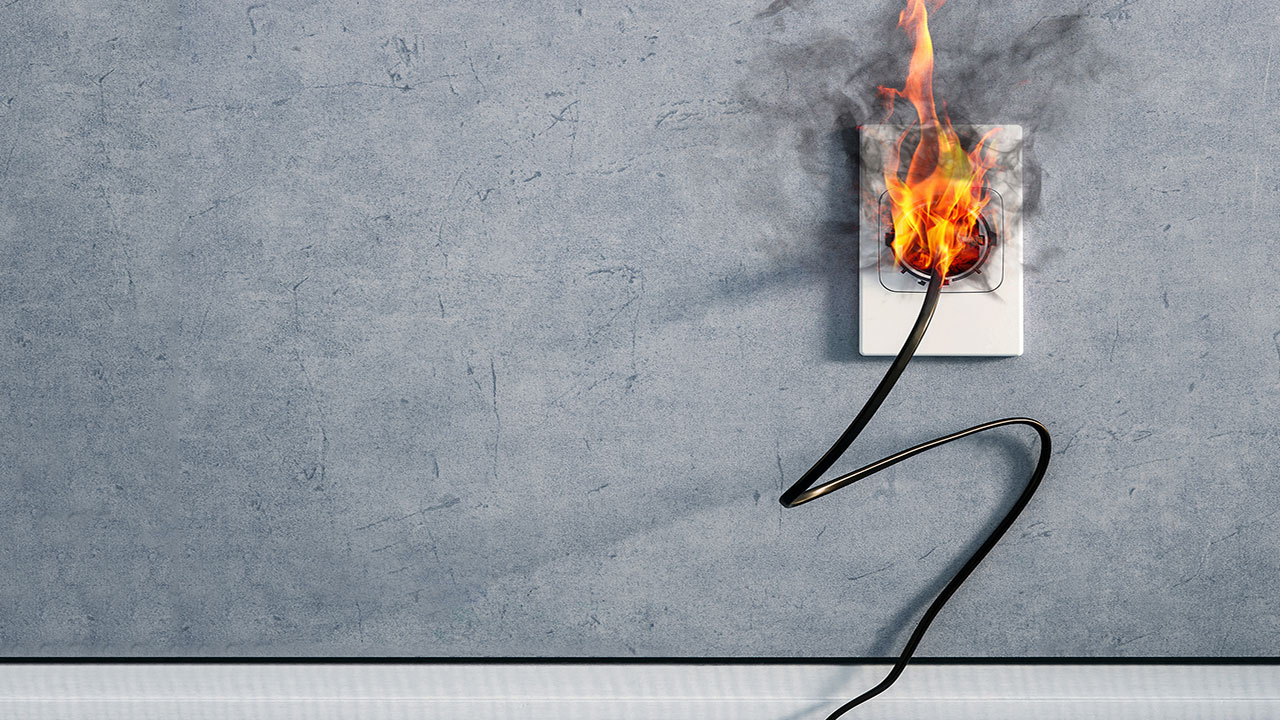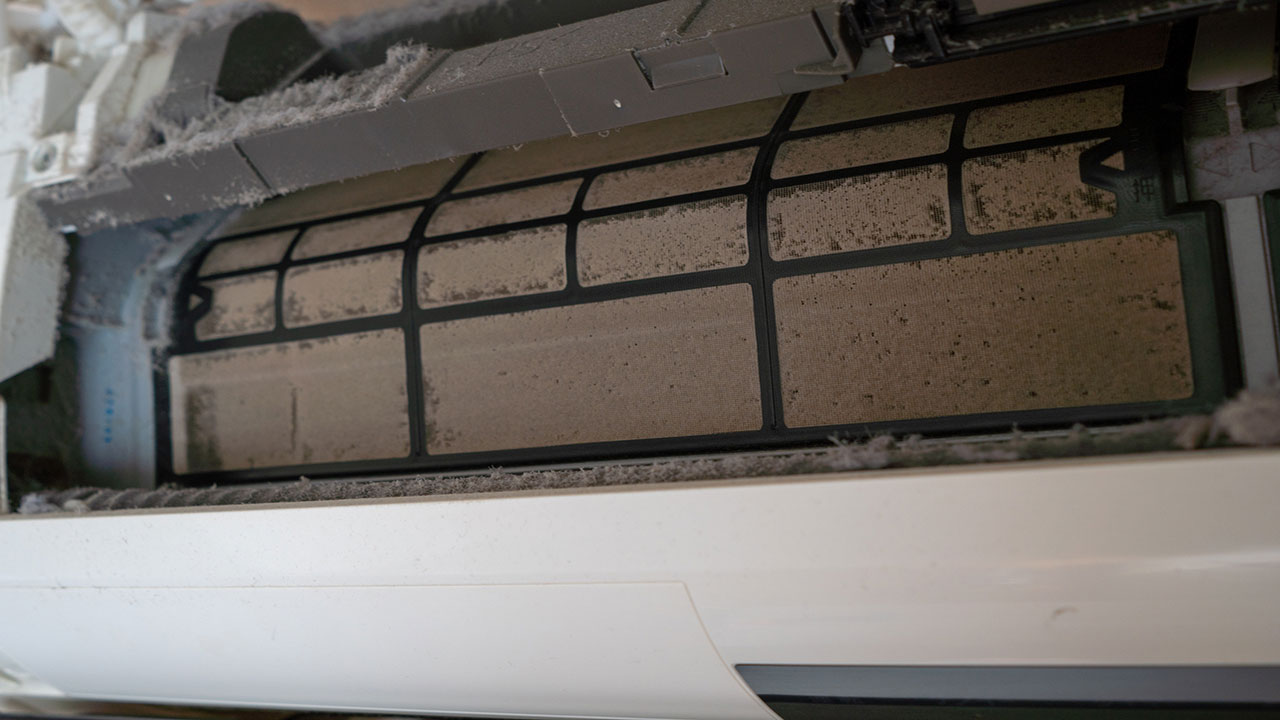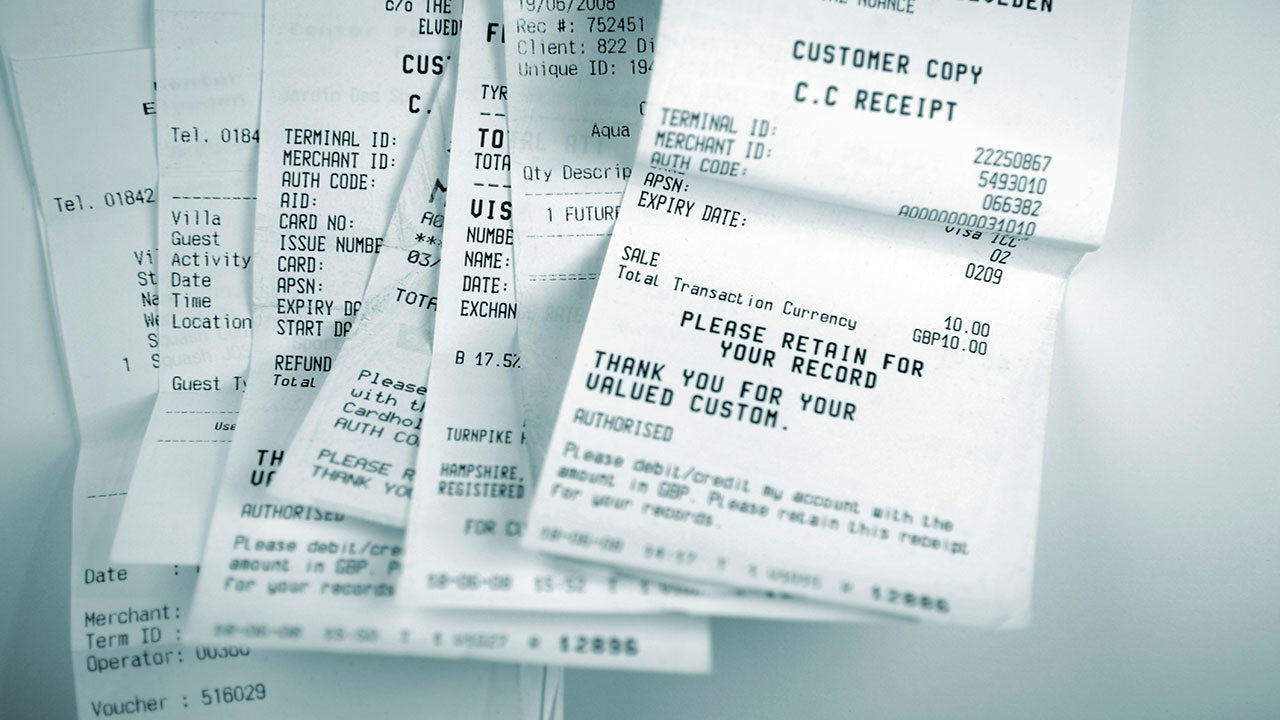What to Look For When Buying a Flipped Property

There are a lot of real estate investors out there looking to make some good money fixing and flipping houses. And if you’ve been watching your favorite programs on HGTV and the like, you may have noticed that flipping houses for a profit is big business.
But while all of these real estate investors are making a decent income flipping houses, there are also buyers on the other end of the transaction that are feeding their pockets. As a buyer, buying a flipped home can certainly be a good thing since there is usually nothing that needs to be done to fix up the property. But you might want to verify whether or not the work done on a flipped house has been done properly before you make a purchase.
Here are some things to look for if the house you’re interested in is a flipped property.
Shoddy Electrical Work

Many flippers tend to focus solely on aesthetics and cosmetic updates without paying much attention to the important fundamentals that aren’t readily seen. One of these components is the electrical wiring. But sometimes flippers can take shortcuts in order to make a quick profit and ignore current safety codes regarding electrical wiring and panels.
Many flippers will do their own wiring in order to avoid having to pay a professional electrician to do the work, so one of your jobs is to scope out the home’s electrical wiring and breaker system to make sure it is adequate enough to power up all the appliances and systems in the home.
Also, check for shoddy wiring that could pose a fire hazard. Your home inspector may be able to spot these issues. If not, you may want to have an electrician join in on the home inspection to determine what condition the home’s electrical system is in before buying.
Doors and Windows That Don’t Open and Close Properly
Look at all doors and windows throughout the home and make sure that they open and close properly and latch securely. As far as opening and closing are concerned, any issues could potentially be with the settling of the foundation after all work has been completed. But, it could also be the result of shortcuts taken by the flipper or contractor.
In this case, the door or window may have been replaced with a new model, but the existing jamb may have been ignored. Ideally, replacing the door and jamb together makes more sense to ensure that everything fits as it should. If not, finding an exact door size to fit the existing jamb can be really tough, and you’ll notice it when the doors don’t open and close very easily.
The HVAC System is in Rough Shape

A home’s heating, ventilating and air conditioning (HVAC) system is a crucial component to ensuring that the interior air and temperature is comfortable for all inhabitants. But an HVAC system can take a beating during extended times of construction with all the dust and debris flying around. This not only makes a mess but can also damage the system.
One way to see if the system has been cleaned up is to find out if the fans of the HVAC system components are covered in dust. If so, the internal components of the furnace and air conditioner will likely be covered in dust as well, which can not only compromise how well the system operates and damage the appliances but can also pose a health hazard. In this case, the system and its components should be professionally cleaned.
Some flippers may even make it appear as though the HVAC system is new. You can verify whether or not this is true by turning the system on to see how it works. If it takes a while for the system to do its job or you hear strange noises as the system powers up or shuts down, it probably has not been updated. In this case, you might want to know more about any improvements that have or have not been made aside from cosmetic changes.
Bad Plumbing
Like shoddy electrical wiring, bad plumbing is also a possible factor in a flipped home if the work was done by an inexperienced person or was ignored completely. While an issue with the plumbing might not necessarily be noticeable right off the bat, there could be problems lurking in the background that will rear their ugly head at some point in the near future in the form of weak water flow and even water back-ups.
The kitchen and bathroom might look amazing thanks to the myriad of cosmetic updates completed, but piping underneath the sinks might not be configured properly. To protect yourself, take a good look at the pipes under all sinks.
A solid plumbing job should not involve some new plumbing integrated with old pipes. If the plumbing requires updating, the entire system should be replaced. If it’s only been patched up, you could be facing a major problem at some point. Before you buy, bring in a plumber to inspect the home first.
Sellers Who Are Not Entirely Forthcoming of Improvements

Ideally, all buyers should be made aware of all improvements and updates that were done to a home from its original construction. That way they can do the necessary inspections to identify whether or not such updates were done properly and to code. But if the seller doesn’t seem to be entirely clear about what improvements have been made, you could be walking into a problem.
A detailed list of all updates done to the home should be provided by the seller, as well as the dates when such improvements were made. You might even want to get copies of receipts and permits for the work done to further protect yourself. As a buyer, you would be well advised to request such disclosures from the seller and get him or her to sign off on it.
No Permits Are Available
When it comes to making improvements in a home, anything more than a paint job and a few small repairs will probably need a permit in order for the work to be done legally. Some home flippers and contractors might skip the permit process in order to save time and money, but doing so could translate into work that’s not done to par.
Without the necessary permits, you could find yourself in the position of having to prove that everything is up to par with the new owner of the property. Before you buy the home, make sure you request copies of permits for work done on the home. If no permits are available, that could be a red flag. If they are available, compare them with any improvements that have been made to make sure there are no differences.
The Bottom Line
Buying a flipped home usually shouldn’t be a problem as long as you cover all your tracks. While the home may appear turn-key and require nothing more than furnishing and decorating, there could be issues with the work that was done to make the home pretty enough to attract buyers like you. And as always, arm yourself with a team of professionals like a home inspector and real estate agent to help make sure the home you choose is up to snuff.